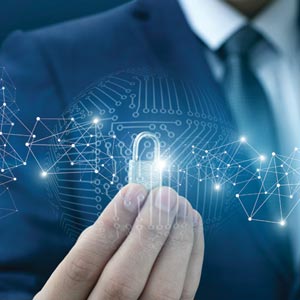THANK YOU FOR SUBSCRIBING

Preventing Cyber-Attacks to Embrace New Technologies
Johari Jalaludin, CISM, CISSP, P.TECH, Prince2 (Head Of Cyber Security, Drb-Hicom [MYX: 1619])


Johari Jalaludin, CISM, CISSP, P.TECH, Prince2 (Head Of Cyber Security, Drb-Hicom [MYX: 1619])
IT infrastructures in businesses are beginning to shift from physical to cyber control interconnecting with public data networks such as smart devices, internet of things (IoT) and cloud-based system. These new systems provide a unique platform for businesses to serve their customers and clients efficiently and effectively. The new technologies have transformed the way an organization performs its businesses. To be relevant, businesses need to be online and be innovative to serve its customers better. While embarking in these new technologies, businesses face major cybersecurity threats such as sensitive customer and employee’s data are stored in the cloud and indirectly exposed to the public.
A successful cyberattack can cause major impact to businesses. The effect of a security breach can be broadly divided into three categories which are financial, reputational and legal. The first impact of a cyber-attack is a result of a substantial financial loss to a business. It usually transpires from the theft of corporate information, financial information or money. The second type of damage from a cyber-attack is a reputational risk to a business. Trust is an essential element of the customer relationship. Cyber-attacks can damage the business' reputation and erode the trust of customers or clients. This, in turn, could potentially lead to the loss of valuable customers, sales, and reduction in profits of a business.











